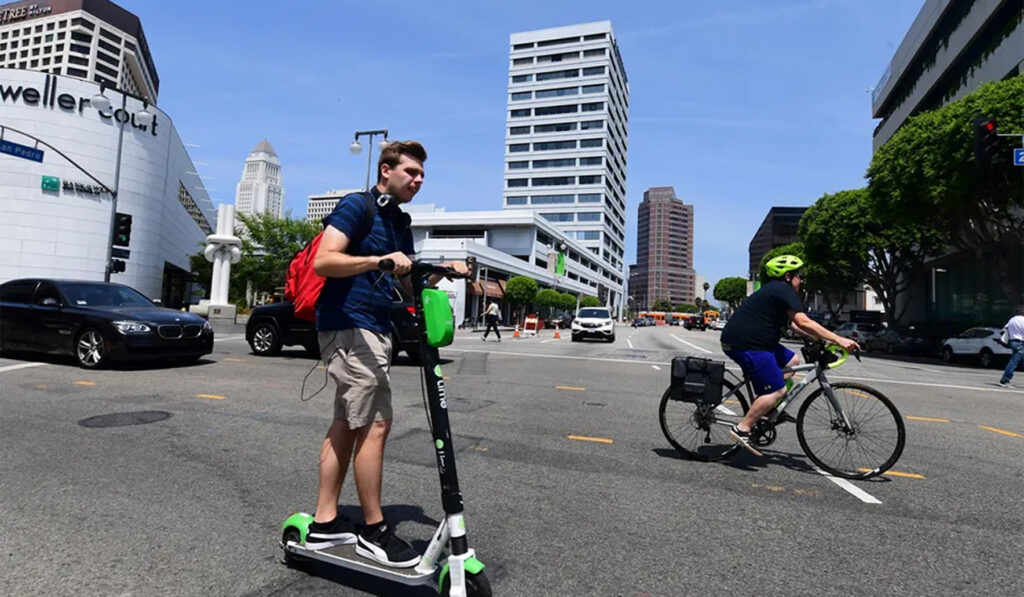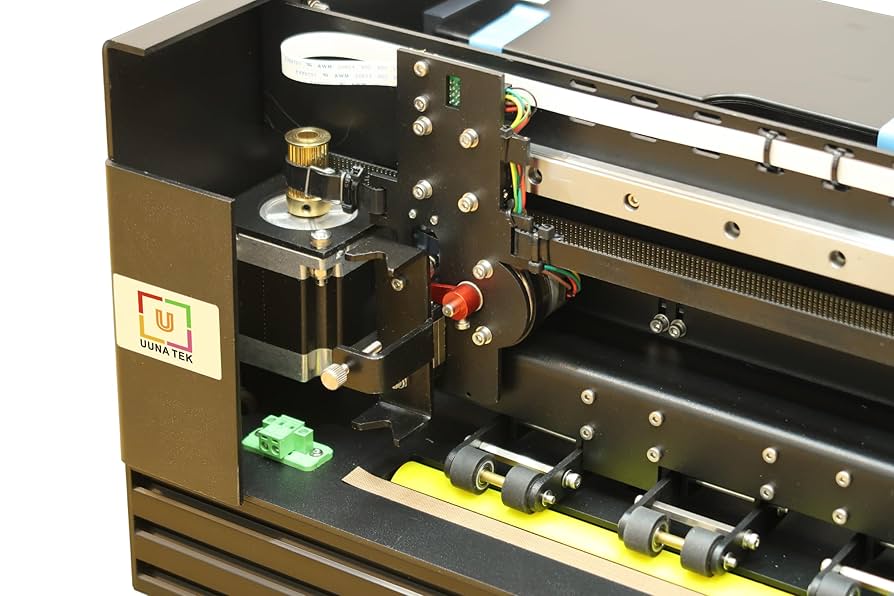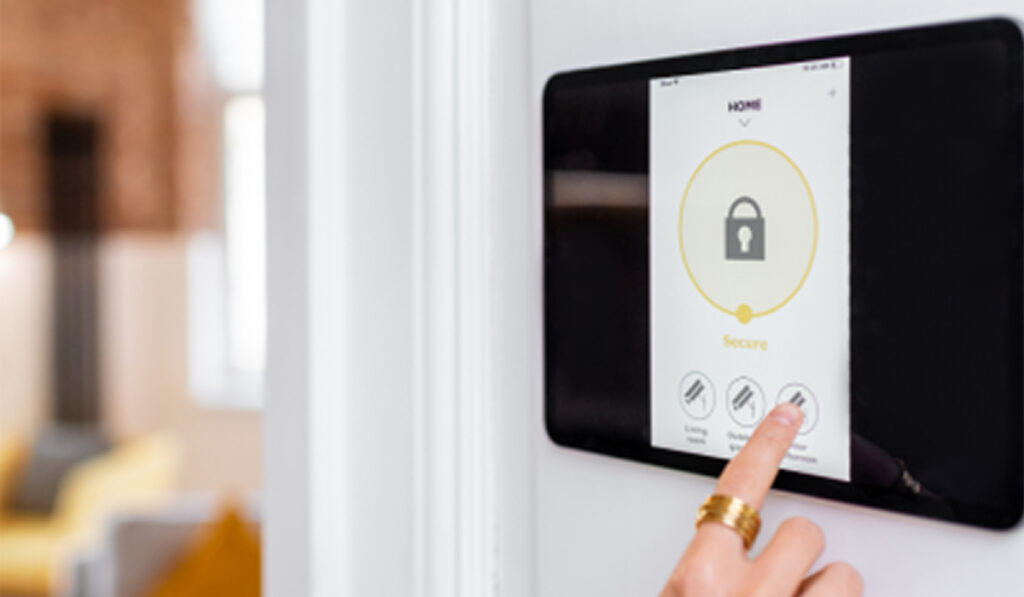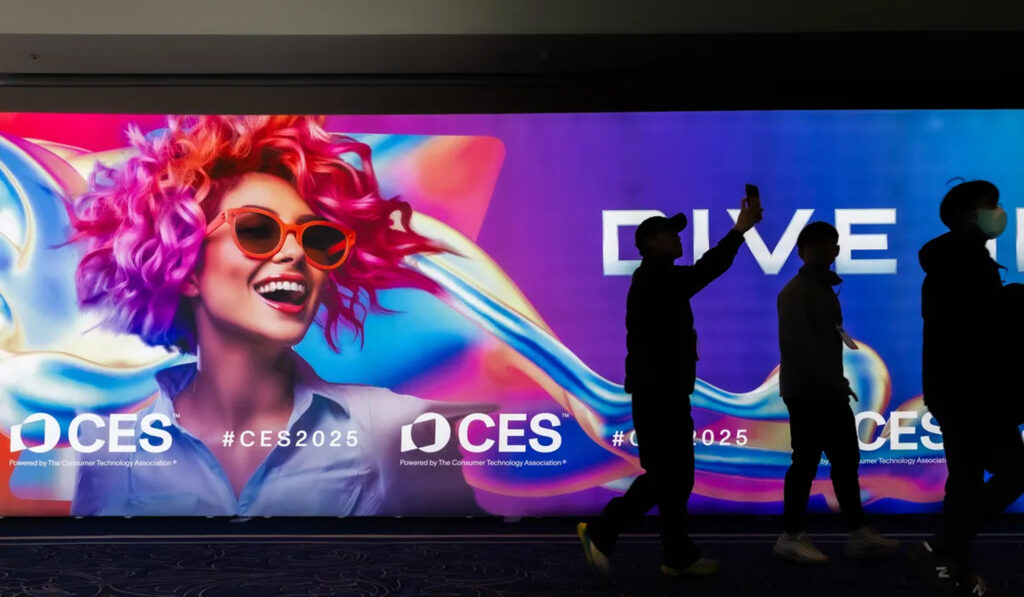
Electric scooters were once everywhere in Los Angeles. From Hollywood Boulevard to Santa Monica Pier, these sleek, battery-powered vehicles offered a fun, fast, and affordable way to navigate the city. For a while, it felt like electric scooters were the future of urban transportation. But lately, something has changed. The scooters are gradually vanishing, almost without notice.
If you’ve been wondering why electric scooters are disappearing from the streets of Los Angeles, you’re not alone. There’s no single reason. It’s a mix of economic challenges, stricter regulations, shifting public attitudes, and an evolving approach to micromobility in LA. Here’s what’s really going on.
The Rise and Fall of Scooter Hype
Electric scooters surged into LA in 2018 with the promise of cleaner commutes, fewer cars, and convenient short-distance travel. At their peak, more than 30,000 devices were deployed across the city, operated by companies like Bird, Lime, Spin, and Jump.
While the goal was to manage sidewalk clutter and ensure equitable access, the reality was far more complicated. Several companies, including Uber-owned Jump and Spin (owned by Ford), cited “operational challenges” with the city’s restrictions before pulling out in 2023. Bird also reduced its fleet dramatically in Los Angeles while filing for Chapter 11 bankruptcy in 2023.
But Why Are Electric Scooters Vanishing?
Despite their early success, electric scooters have become less visible throughout Los Angeles in recent years. There are several major reasons why the once-thriving electric scooter scene is shrinking.
The Business Model Isn’t Sustainable
One of the biggest reasons electric scooters are disappearing is because the business model was never as profitable as it seemed. Scooter companies relied heavily on venture capital and rapid expansion. But the costs of maintaining fleets, including charging, repairs, rebalancing, and dealing with theft or vandalism, etc. were quite high.
Many scooters lasted only a few months on the street before needing to be replaced. As costs went up and rider numbers plateaued, many companies found themselves struggling to break even. Some scaled back operations, while others left the market entirely.
Tougher City Regulations
While LA initially welcomed electric scooters, the city also introduced tough rules. Companies were required to:
- Share real-time location data with city officials
- Limit the number of scooters in certain neighborhoods
- Respond quickly to complaints about blocked sidewalks or abandoned vehicles
For many providers, complying with these requirements was expensive and operationally difficult. Several scooter companies decided to pull out of LA or drastically reduce their fleets as a result.
Changing Public Opinion
At first, electric scooters were seen as cool, convenient, and eco-friendly. But over time, public enthusiasm began to fade. Many residents grew frustrated with scooters blocking walkways, being carelessly tossed into streets, or causing accidents. Pedestrians, especially the elderly and disabled, voiced concerns about safety.
As more negative feedback rolled in, local officials responded with tighter controls, leading to fewer scooters being allowed in key neighborhoods. This change in public opinion played a major role in the shrinking footprint of electric scooters across the city.
A Shift Toward Private Ownership
While shared electric scooters are becoming less common, personal electric scooters are on the rise. More people are choosing to buy their own scooters rather than rely on rental services. This shift gives riders more control and avoids the hassle of hunting for a working scooter nearby.
As private scooter use increases, demand for shared fleets has gone down. Some companies are now rethinking their approach, focusing on selling scooters directly to consumers instead of maintaining massive public fleets.
The Future of Electric Scooters in Los Angeles
So, are electric scooters gone for good in Los Angeles? Not at all. They’re simply evolving. The days of thousands of dockless scooters scattered across the city may be coming to an end, but electric scooters still have a role to play in LA’s transportation future.
In fact, the rise of personal electric scooters may lead to safer, more organized scooter use overall. Instead of relying on a handful of companies to flood the streets, individuals can invest in their own scooters, maintain them, and use them more responsibly.
City officials are also exploring new ways to support micromobility, including better infrastructure like scooter lanes, improved parking zones, and incentives for sustainable travel. The focus now is on balance—integrating electric scooters into LA’s streets in a way that benefits everyone.
Final Thoughts
The disappearance of shared electric scooters in Los Angeles is not a failure, but it’s a sign of growing pains in a new industry. Electric scooters are still part of the city’s transportation story, just in a different way than before. Los Angeles may not be flooded with scooters anymore, but if you look closely, you’ll see the next wave of micromobility quietly riding forward.
Dwayne Paschke is an experienced news reporter and media professional, currently working as a senior news analyst for a private media organization based in Toronto, Canada. With years of experience in journalism, he brings a wealth of knowledge to his role, where he contributes to Los Angeles Headlines by providing accurate and comprehensive coverage of significant news stories.






